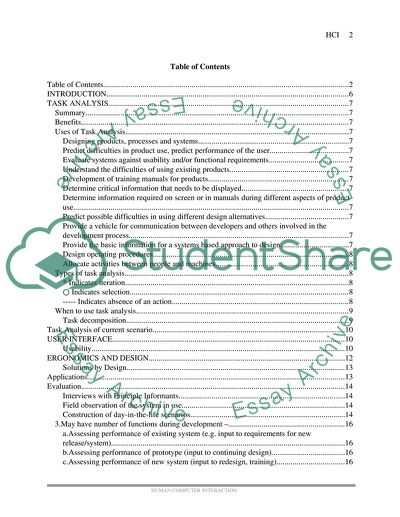Cite this document
(Human Computer Interaction Dissertation Example | Topics and Well Written Essays - 4000 words, n.d.)
Human Computer Interaction Dissertation Example | Topics and Well Written Essays - 4000 words. Retrieved from https://studentshare.org/information-technology/1703211-hci-human-computer-interaction
Human Computer Interaction Dissertation Example | Topics and Well Written Essays - 4000 words. Retrieved from https://studentshare.org/information-technology/1703211-hci-human-computer-interaction
(Human Computer Interaction Dissertation Example | Topics and Well Written Essays - 4000 Words)
Human Computer Interaction Dissertation Example | Topics and Well Written Essays - 4000 Words. https://studentshare.org/information-technology/1703211-hci-human-computer-interaction.
Human Computer Interaction Dissertation Example | Topics and Well Written Essays - 4000 Words. https://studentshare.org/information-technology/1703211-hci-human-computer-interaction.
“Human Computer Interaction Dissertation Example | Topics and Well Written Essays - 4000 Words”, n.d. https://studentshare.org/information-technology/1703211-hci-human-computer-interaction.


